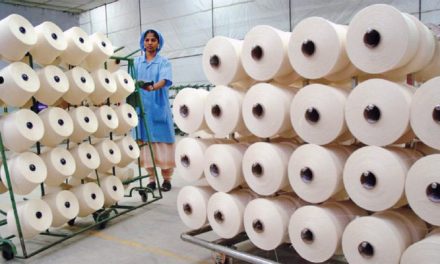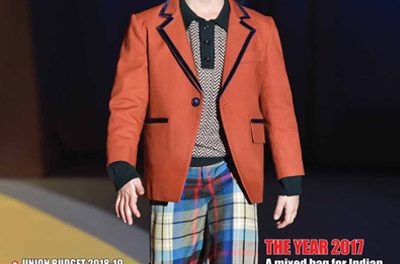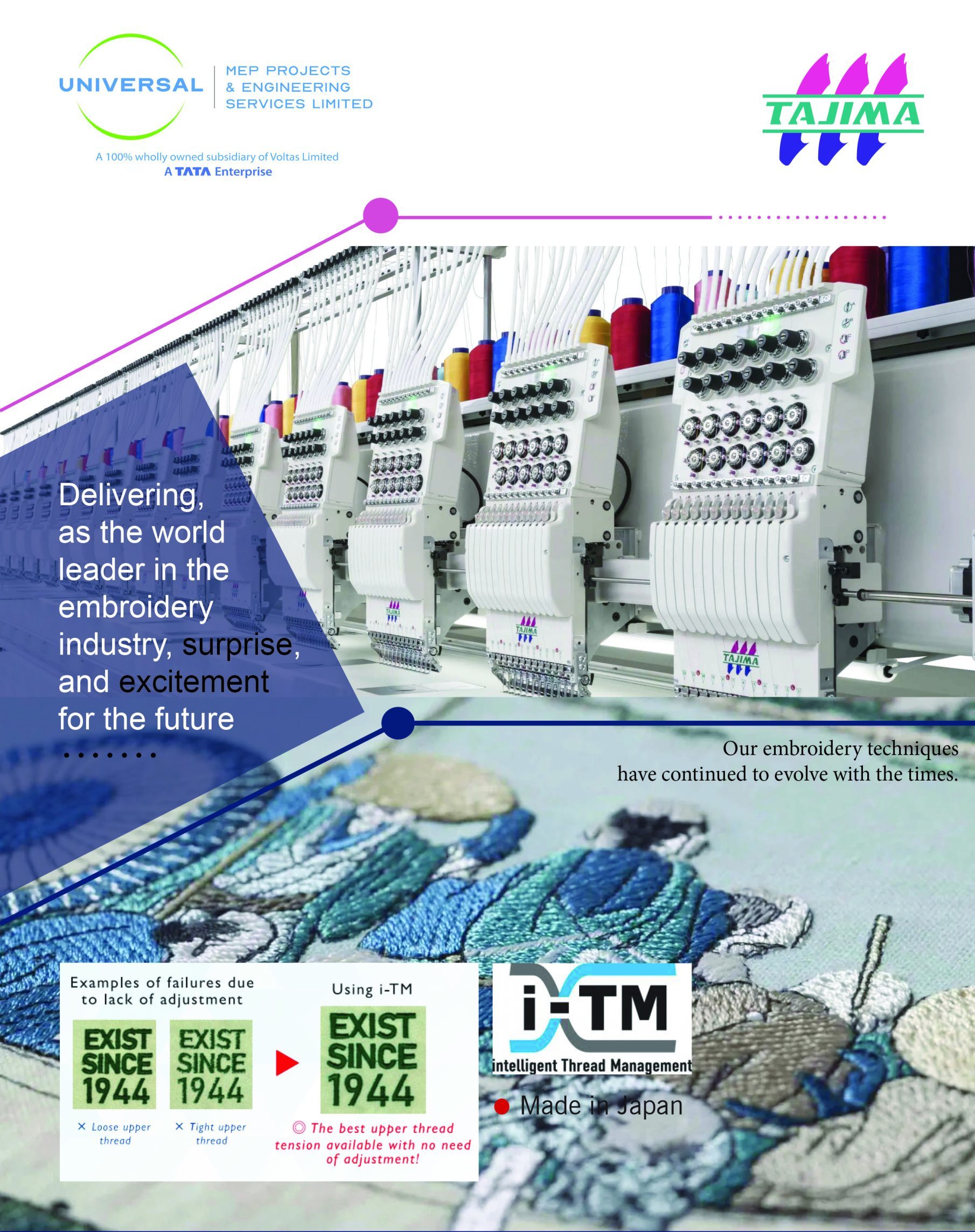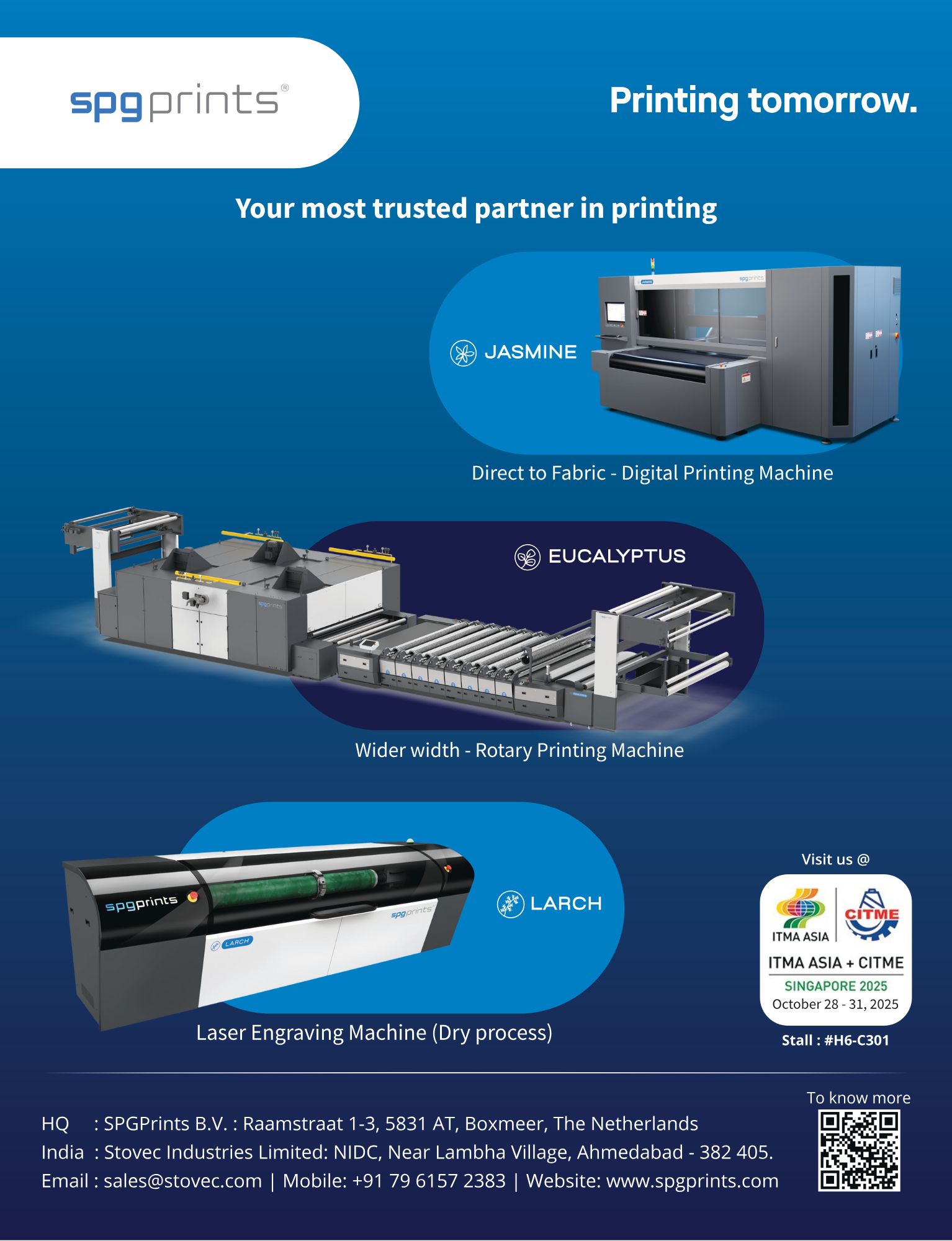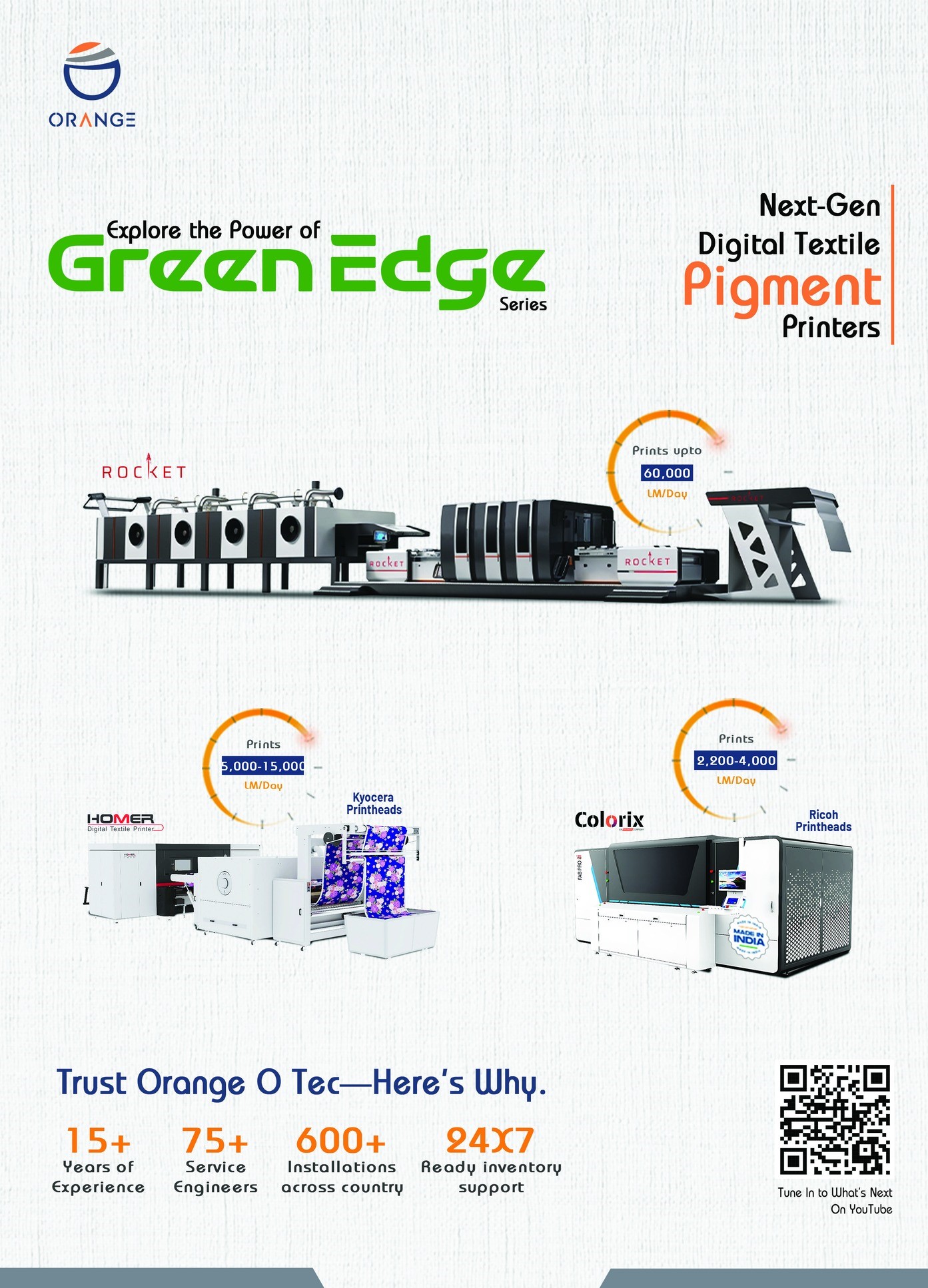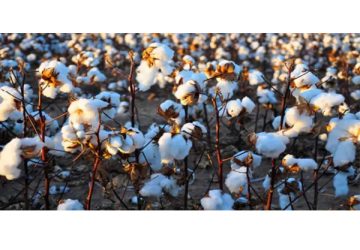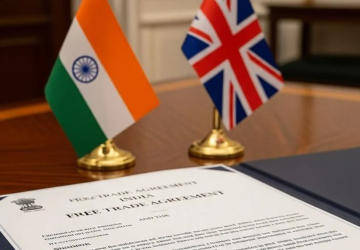 Ensuring worker safety has always been a priority, but today, it’s becoming a cornerstone of organizational success. The global protective apparels market is experiencing significant growth, projected to jump from USD 10.5 billion in 2023 to an impressive USD 18.2 billion by 2032. This equates to a steady compound annual growth rate (CAGR) of 6.8%. This growth isn’t just about numbers; it highlights a fundamental shift in how industries worldwide perceive the importance of worker safety. Protective clothing, once seen as a regulatory requirement, has become a crucial component of ensuring the safety and well-being of employees. But this isn’t simply about meeting legal standards; it’s about taking proactive steps to prevent injury, reduce costs, and improve productivity.
Ensuring worker safety has always been a priority, but today, it’s becoming a cornerstone of organizational success. The global protective apparels market is experiencing significant growth, projected to jump from USD 10.5 billion in 2023 to an impressive USD 18.2 billion by 2032. This equates to a steady compound annual growth rate (CAGR) of 6.8%. This growth isn’t just about numbers; it highlights a fundamental shift in how industries worldwide perceive the importance of worker safety. Protective clothing, once seen as a regulatory requirement, has become a crucial component of ensuring the safety and well-being of employees. But this isn’t simply about meeting legal standards; it’s about taking proactive steps to prevent injury, reduce costs, and improve productivity.
As the demand for protective gear grows, several key factors are driving this surge, from stricter regulations to innovations in protective clothing technology. The increase in workplace accidents and injuries, particularly in high-risk sectors, is also fueling the market’s expansion. Add to that the effects of the COVID-19 pandemic, which pushed healthcare and frontline industries to invest heavily in protective apparel, and you have a dynamic market with immense potential.
What Is Driving the Protective Apparels Market?
There are a few key drivers in the growth of the protective apparels market, with the first and most significant being the increasing emphasis on workplace safety. Globally, industries such as manufacturing, construction, and healthcare are under growing pressure to comply with stringent safety regulations. These regulations, enforced by governments and regulatory bodies such as the Occupational Safety and Health Administration (OSHA) in the US and the European Union’s protective clothing standards, aim to reduce workplace injuries and fatalities. As these safety guidelines become more rigorous, the demand for protective apparel has skyrocketed.
Moreover, employers are starting to recognize that investing in protective clothing is not just a legal obligation, it’s a strategic investment. High-quality safety gear reduces accidents, lowers insurance premiums, and boosts productivity. Protecting workers ensures their well-being and significantly improves the bottom line for businesses. Companies are increasingly viewing safety apparel as a necessary investment rather than just a regulatory burden.
How is Technological Advancements Impacting Market?
Technology is transforming protective apparel in ways that were once thought impossible. Gone are the days when safety gear was bulky, uncomfortable, and hot. Today’s advancements in materials and design are making protective apparel more functional and comfortable than ever before. Lightweight, breathable, and durable fabrics are at the forefront of these innovations. This means that workers can stay protected while maintaining comfort throughout long hours in harsh conditions. Comfort makes the gear more wearable and improves worker morale and compliance.
Even more exciting are the breakthroughs in smart protective apparel. Imagine clothing embedded with sensors that can monitor vital signs like heart rate, body temperature, and fatigue levels. These “smart” suits can alert supervisors when a worker is at risk of heatstroke, injury, or exhaustion, enabling real-time interventions. These innovations are pushing the protective apparel market into a new era where safety isn’t just about reacting to accidents; it’s about proactively preventing them through data-driven solutions.
What Opportunities Does the Protective Apparels Market Present?
For businesses, the opportunities in the protective apparels market are vast. The increasing regulatory pressure across industries ensures a steady demand for high-quality protective gear. Additionally, the rise in industrial activity, particularly in developing economies, opens up new markets for manufacturers. The expansion of manufacturing, construction, and mining operations in emerging markets like India, China, and Brazil presents a huge opportunity to provide protective apparel to workers in these sectors.
Moreover, technological advancements are presenting new avenues for innovation. The integration of wearable technology into safety gear is one area poised for growth. From real-time health monitoring to augmented reality (AR) visors for hazard detection, the potential for smart protective apparel is immense. Companies that invest in this cutting-edge technology will likely gain a competitive edge, offering unique, value-added products that set them apart from traditional protective gear providers.
What Challenges Are Hindering this Market?
One of the most significant barriers is the high cost of advanced protective clothing. While large companies may have the resources to invest in cutting-edge gear, small and medium-sized enterprises (SMEs) may struggle to justify the expense. In many developing economies, the high cost of quality protective apparel prevents widespread adoption among SMEs, particularly in industries like agriculture or small-scale manufacturing.
Another challenge lies in the awareness gap. While regulatory requirements are pushing many companies to invest in safety apparel, some industries or businesses still underestimate the importance of worker safety. Additionally, the rise of counterfeit and substandard products poses a risk to both businesses and workers. Fake or poorly made protective apparel can compromise safety standards and even lead to fatal accidents, undermining the credibility of the market as a whole.
How Can the Market Overcome These Challenges?
To address these challenges, the industry needs to focus on two key areas: affordability and awareness. Lowering the cost of advanced protective apparel through economies of scale and technological innovation will make it more accessible to SMEs. Meanwhile, educating businesses about the long-term financial benefits of investing in worker safety will help shift the perception of protective gear from a necessary expense to a smart investment. Combating counterfeit products through stricter enforcement and certification can also improve market credibility and safety standards.
Competitive Landscape
DuPont de Nemours, Inc.; 3M Company; Honeywell International Inc.; Lakeland Industries, Inc.; Ansell Limited; Kimberly-Clark Corporation; Sioen Industries NV; MSA Safety Incorporated; Radians, Inc.; Alpha Pro Tech, Ltd.; Drägerwerk AG & Co. KGaA; Uvex Safety Group; Delta Plus Group; Protective Industrial Products, Inc.; COFRA S.r.l.; Teijin Limited; TenCate Protective Fabrics; Bulwark Protection; W. L. Gore & Associates, Inc.; and Portwest Ltd. These companies are constantly innovating, with a particular focus on integrating new technologies like smart sensors and sustainable materials to differentiate themselves in the marketplace.
Contribute by: DataIntelo – Consulting and Market Research Company



